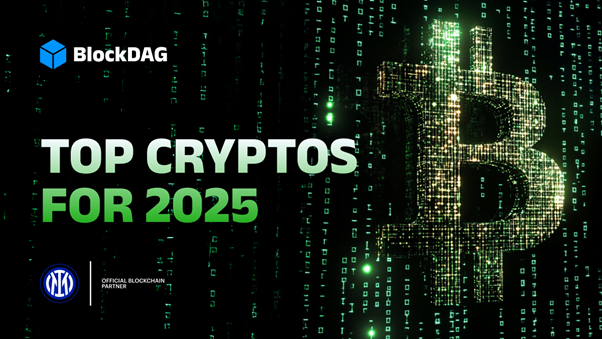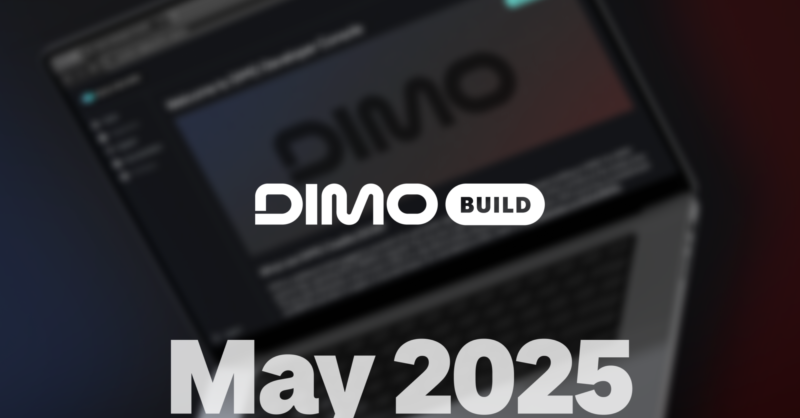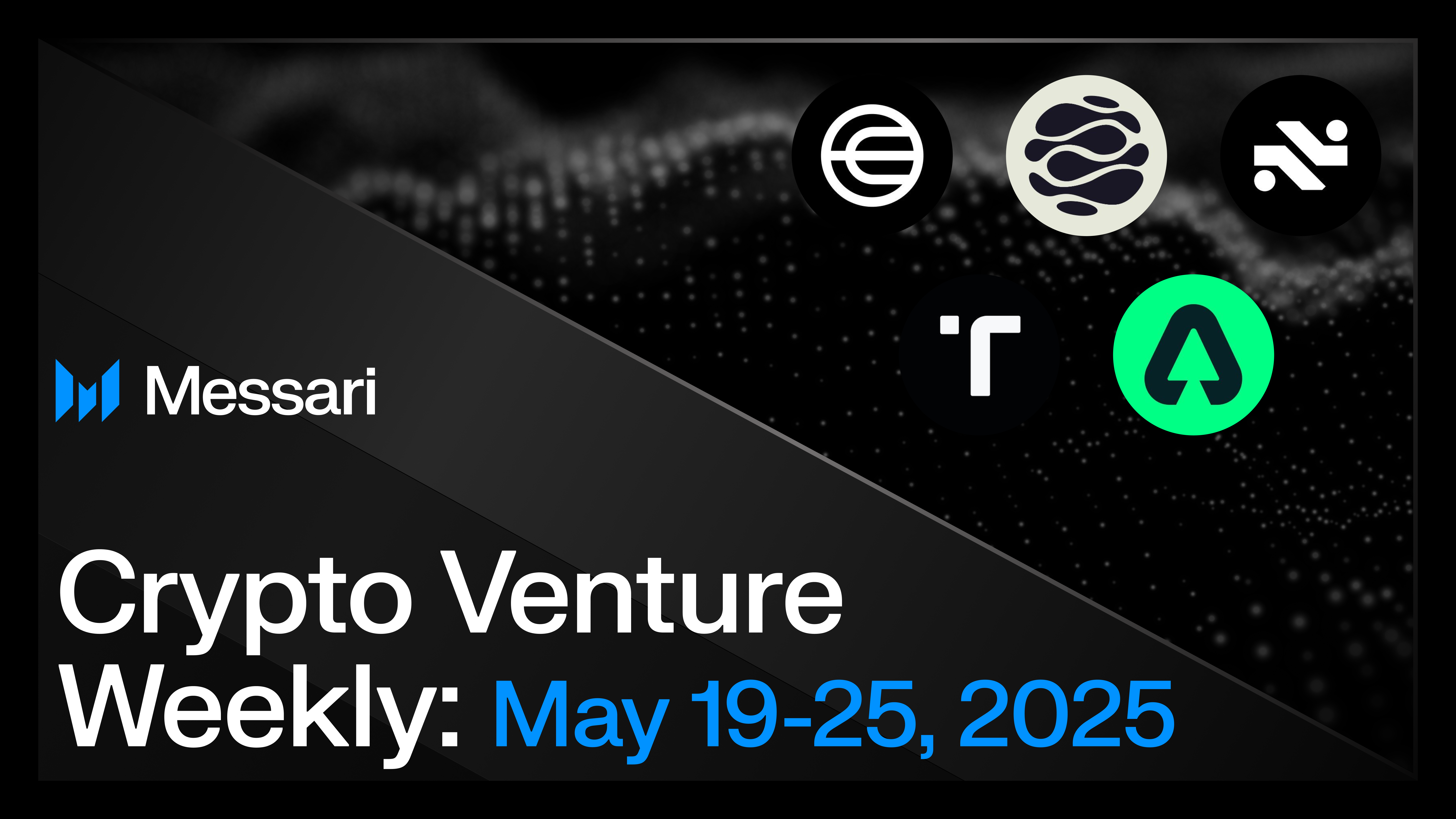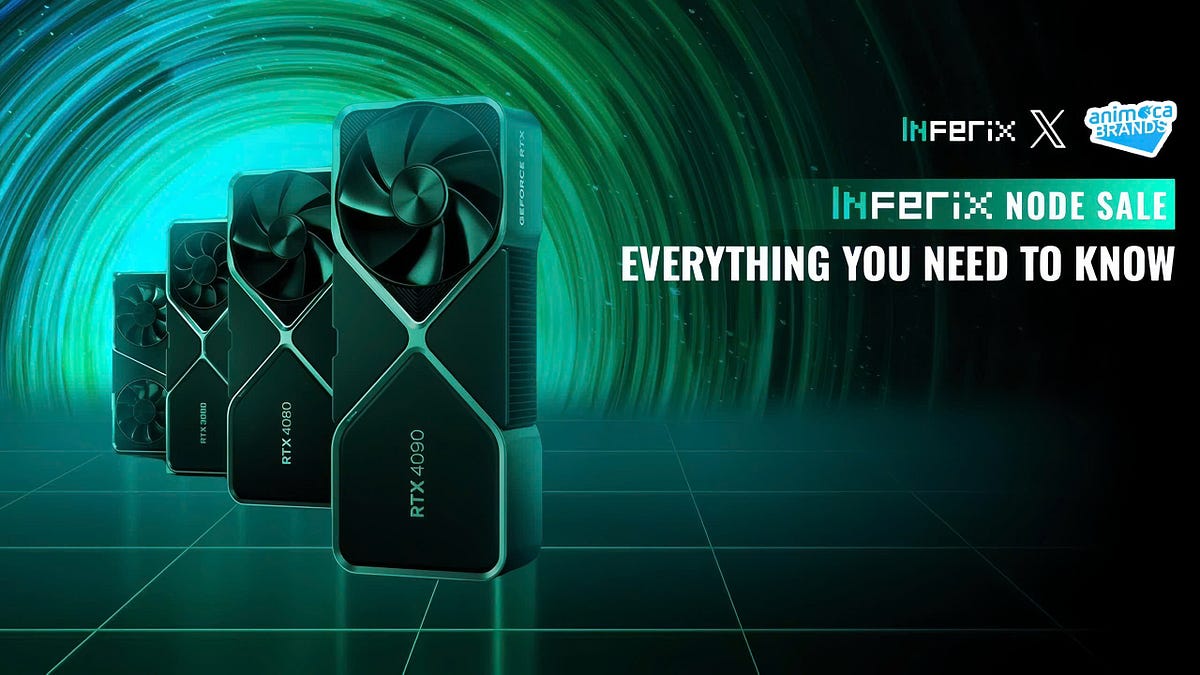Top DePIN Altcoins to Watch in November 2024
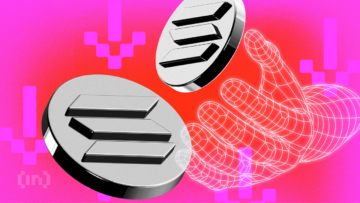
As the Decentralized Physical Infrastructure Network (DePIN) sector continues to gain momentum, November 2024 is shaping up to be a pivotal month for investors looking to capitalize on emerging altcoins. These altcoins are increasingly disrupting the crypto market by integrating blockchain technology with real-world applications. Among the top contenders, Bittensor (TAO) stands out with its open-source protocol that supports a decentralized machine-learning network. Despite a recent decline of 15%, trading at $510.86, analysts suggest that this may present a buying opportunity, with potential upward movement toward $681.85 if it maintains above the 50-day Exponential Moving Average (EMA).
Filecoin (FIL) is another significant player in the DePIN space, currently trading between $3 and $4. The token has shown signs of recovery, increasing nearly 10% since late October. If bullish momentum continues, FIL could break the $3.85 resistance and rally towards $4.29. Conversely, if the upward trend falters, it may drop to $3.41. JasmyCoin (JASMY), focused on the Internet of Things (IoT), is also worth monitoring as it approaches a breakout from a falling wedge pattern, with a target of $0.034 if successful.
Lastly, Livepeer (LPT) and Grass (GRASS) are notable mentions. LPT, despite a 25% decline, has shown resilience at the $10.68 support level, with potential to rise towards $13.27. Meanwhile, GRASS, which recently launched, is still in price discovery mode and could see significant movement if it retests $1. Investors should remain vigilant as these altcoins may experience volatility but also present opportunities for growth in the coming month.
Related News
